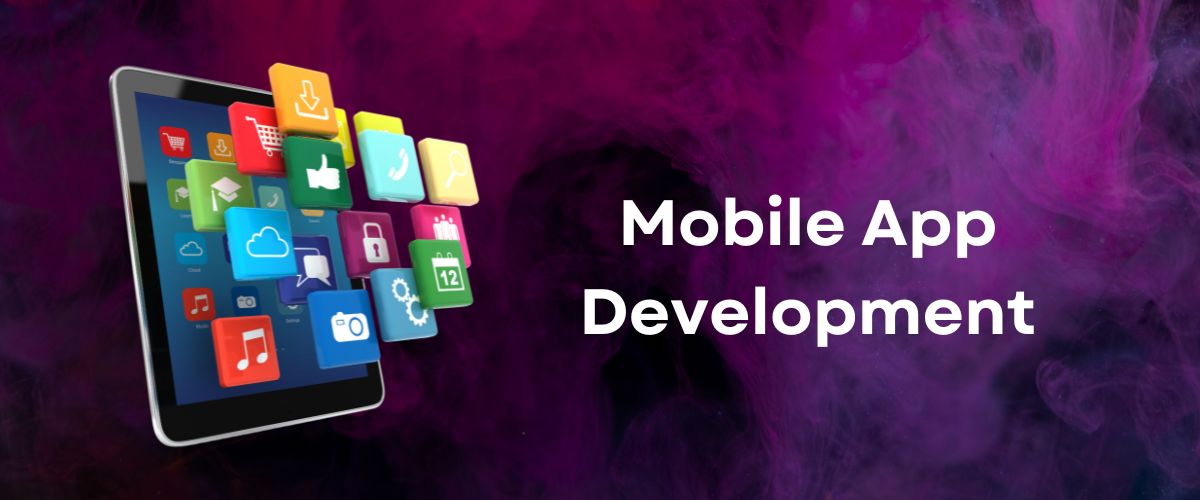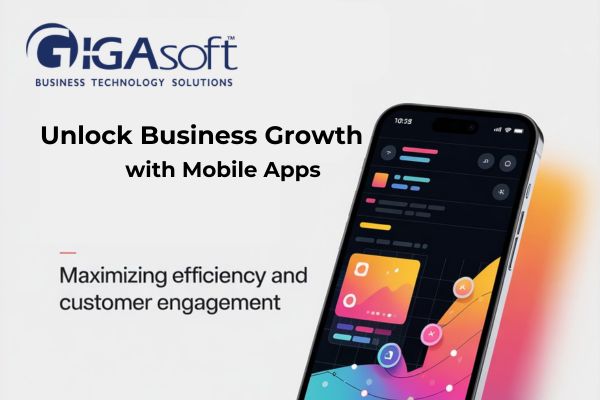Grow Your Mobile App with Strong Marketing Plan
Introduction
Mobile apps contribute significantly to business development by increasing customer interaction, facilitating services, and generating revenue. Companies spend a lot of money on mobile app development to offer smooth experiences, but most of them lack visibility in a very competitive marketplace.
Given that there are so many apps out there, getting noticed is difficult. Most smartphone owners download a few apps per month, so mobile app discoverability is a major problem. Excellent apps can be unsuccessful if they don't get seen by the right people. To boost downloads, it is necessary to have a robust marketing approach, which incorporates SEO, App Store Optimization (ASO), and social media advertising.
This blog discusses tried-and-tested methods to bring users to your mobile app, ensuring you get the most out of its reach and success. Whether it is through content marketing, influencer partnerships, or customer interaction, a well-thought-out strategy guarantees long-term app retention and business viability.
Developing a Strong Marketing Strategy
A properly planned marketing strategy is critical to the success of a mobile app. Without marketing, even the best efforts in mobile application development can fall on deaf ears. Utilizing SEO (Search Engine Optimization) and SEM (Search Engine Marketing) can considerably enhance your app's visibility via search engines. Targeting the correct keywords and executing paid campaigns can assist companies in driving organic and paid traffic to their app pages, leading to more downloads.
Another key factor is App Store Optimization (ASO), which enhances your app's rankings and visibility within app stores. App title, description, keyword, and visual optimization can bring more users to search for similar solutions to you. Because a significant proportion of app discoveries take place within app stores, ASO is an important user acquisition factor. By integrating SEO, SEM, and ASO, companies can get the most out of their app's visibility, drive their target audience, and have a solid presence in a competitive marketplace.
Leveraging Press & Paid Advertising
To maximize the success of a mobile app, companies need to look beyond organic reach and spend money on press releases and paid ads. These tactics enable credibility building, media coverage, and customer outreach.
Press releases are an effective means of achieving media coverage and establishing credibility. A well-written press release about your mobile app development can find itself on top tech websites, blogs, and news sites. Collaborating with reporters who write about related issues can generate buzz and attract early adopters.
In contrast, paid ads provide quicker visibility on several platforms. Displaying ads on Google, Facebook, Instagram, and YouTube can lead to significant increases in app downloads. SEM campaigns ensure your app gets put in the way of active users searching for a similar solution. Using press releases and paid advertising, companies can increase their app's visibility, gain new users, and build brand awareness in a crowded marketplace.
Content Marketing for User Engagement
A solid marketing strategy equips companies with the ability to educate users, drive traffic, and establish sustained engagement for the mobile app. Developing useful content not only instructs prospective users but also generates visibility and believability.
Blogging & Guest Posts are of prime importance in mobile application development marketing. Having a dedicated blog on your site enables you to post updates, features, and advantages of your app. Guest blogging on credible tech sites can make your app reach a greater population and drive organic traffic. Joining blogging with SEO guarantees better search rankings and trust from users.
Teaser Campaigns is a good way to generate buzz prior to your mobile app release. Similar to how movies release trailers for people to generate interest in advance, companies can use teaser videos, sneak peeks, and early-access signups. YouTube, Instagram, and Facebook are good sites to run teaser campaigns and acquire loyal users before release.
Social Media & Influencer Marketing
Social media marketing is a vital part of advertising a mobile app and generating downloads in the modern digital world. Interacting with customers on social platforms and tapping into influential voices can go a long way toward building brand credibility and exposure.
Influencer Collaborations are an effective means to build user trust and expand your audience. Collaborating with technology bloggers, YouTubers, and social media influencers who are experts in mobile app development can be used to promote your app's capabilities to their audience. Influencers act as social proof, compelling potential users to download and use your app.
Word-of-Mouth Marketing is still one of the most powerful user acquisition strategies. Getting happy users to talk and recommend your app generates organic growth. Referral programs, user-generated content, and social media sharing all aid in amplifying reach, leading to long-term success for your mobile app.
Enhancing User Experience & Support
A successful mobile application is not necessarily about downloading, it's about keeping users engaged and happy. Prioritizing user interaction and post-launch activity means long-term retention and app success.
Customer Interaction plays a vital role in creating trust and loyalty. Responding promptly to user queries, concerns, and integrating feedback can enhance the overall user experience. An earnest support system—either via in-app chat, email, or social media—facilitates solving problems promptly, allowing users to stay with the app.
Post-Launch Engagement engages users and keeps them active once the app has been downloaded. Most apps are installed but never launched. To avoid this, companies need to deliver continuous value by means of push messages, tailored offers, in-app incentives, and updates. Surveys and behavior analysis also assist in perfecting the app experience and keeping customers satisfied.
By prioritizing user experience and support, companies can enhance their mobile app development strategy and create a loyal user community.
Conclusion
Winning and keeping users for your mobile app takes a well-thought-out marketing plan and ongoing interaction. From SEO & ASO for improved visibility to press releases, influencer partnerships, and word-of-mouth marketing, each method is an important factor in app success. But marketing is not sufficient. User experience and post-launch activity define long-term retention. Companies need to focus on customer interaction, timely updates, and personalized interaction to maintain active users.
An extended growth strategy is necessary to achieve long-term success in the competitive mobile app creation market. With the integration of several strategies, companies can maximize exposure, attract their audience, and keep their application up to date.
If you’re looking to develop a high-performing mobile app, contact GigaSoft for expert solutions in mobile application development and growth strategies. Let’s build something great together!
ALSO READ:
FAQS
Marketing serves to increase visibility, engage users, and promote downloads. Without promotion, even the most excellent mobile app can remain invisible.
SEO (Search Engine Optimization) enhances organic discoverability, whereas SEM (Search Engine Marketing) employs paid advertisements to reach more people. Both methods send traffic to your app.
ASO enhances your app's ranking within the app store by fine-tuning keywords, descriptions, and visual elements, allowing users to locate and download your app more easily.
Press releases generate credibility and media visibility, which enables your app to be featured on technology blogs, news sites, and industry journals.
Influencer partnerships tap into social proof, building trust and awareness. Social media marketing on platforms such as Instagram, Facebook, and YouTube also generate engagement.
Teaser campaigns generate buzz ahead of an app launch by releasing sneak peeks, demo videos, and early-access offers to entice early adopters.
Publishing blogs, guest posts, and educational content on your mobile app can bring organic search engine traffic and establish industry expertise.
A lot of users download the app but do not use it. Post-launch activity, like push messages, personalized promotions, and app update notifications, promotes long-term app usage.
Customer engagement, loyalty initiatives, feedback incorporation, and regular updates maintain users and lower uninstalls.
GigaSoft is a mobile application development company with expert solutions to develop, design, and promote apps for long-term success and growth.




.jpg)

